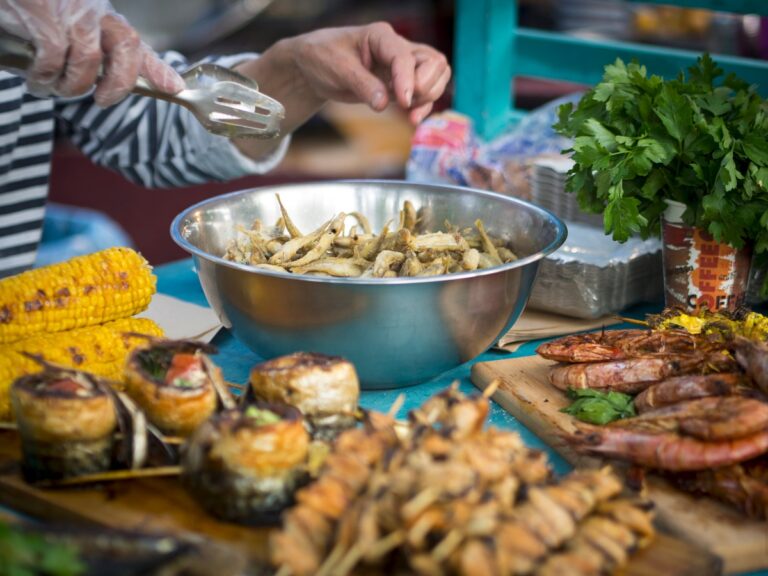Introduction: The Tradition of Kava in Fiji
Kava is a traditional drink in Fiji that has been consumed for centuries. It is made from the root of the kava plant, which is grown throughout the Pacific Islands. Kava is enjoyed in social settings and is often served during ceremonies and special events. The drink has a calming effect on the body, and it is said to promote relaxation and reduce anxiety.
Harvesting Kava: From Root to Drink
The kava plant is harvested when it is around 3 years old. The root of the plant is dug up and cleaned of any dirt and debris. The root is then chopped into small pieces and dried in the sun for several days. Once the root is dry, it is pounded into a fine powder using a mortar and pestle.
Processing Kava: Grinding and Straining
The kava powder is then mixed with water and strained through a cloth or mesh bag. The resulting liquid is a murky brown color and has a slightly bitter taste. The strength of the kava can be adjusted by adding more or less water to the mixture.
Mixing Kava: Combining Water and Powder
Kava is traditionally mixed and served in a large wooden bowl called a tanoa. The powder is added to the bowl, and water is slowly poured over it while it is stirred. The mixture is then strained through a cloth or mesh bag and served in coconut shells.
Serving Kava: The Importance of Ceremony
Kava is an important part of Fijian culture, and it is often served during special events and ceremonies. The preparation and serving of kava is a ritualistic process that is steeped in tradition. The person serving the kava is known as the “tudraki,” and they are responsible for filling the coconut shells and passing them around to guests in the order of seniority.
Drinking Kava: Effects and Etiquette
When drinking kava, it is important to follow certain etiquette. The first drink is usually offered to the chief or highest-ranking person in the group. The drink is then passed around in a clockwise direction. It is customary to clap once before drinking and again after finishing the drink. Kava has a calming effect on the body and can make the drinker feel relaxed and sleepy.
Variations on Kava: Blends and Additives
There are many different varieties of kava, and each has its own unique taste and effect on the body. Some kava blends may be mixed with other herbs or spices to enhance their flavor or add additional health benefits. Some popular additives include ginger, cinnamon, and honey.
Conclusion: Kava as a Cultural Touchstone
Kava is more than just a drink in Fiji; it is a cultural touchstone that has been passed down through generations. The preparation and serving of kava is a social event that brings people together and fosters a sense of community. Whether enjoyed in a formal ceremony or a casual gathering, kava remains an important part of Fijian culture and tradition.


